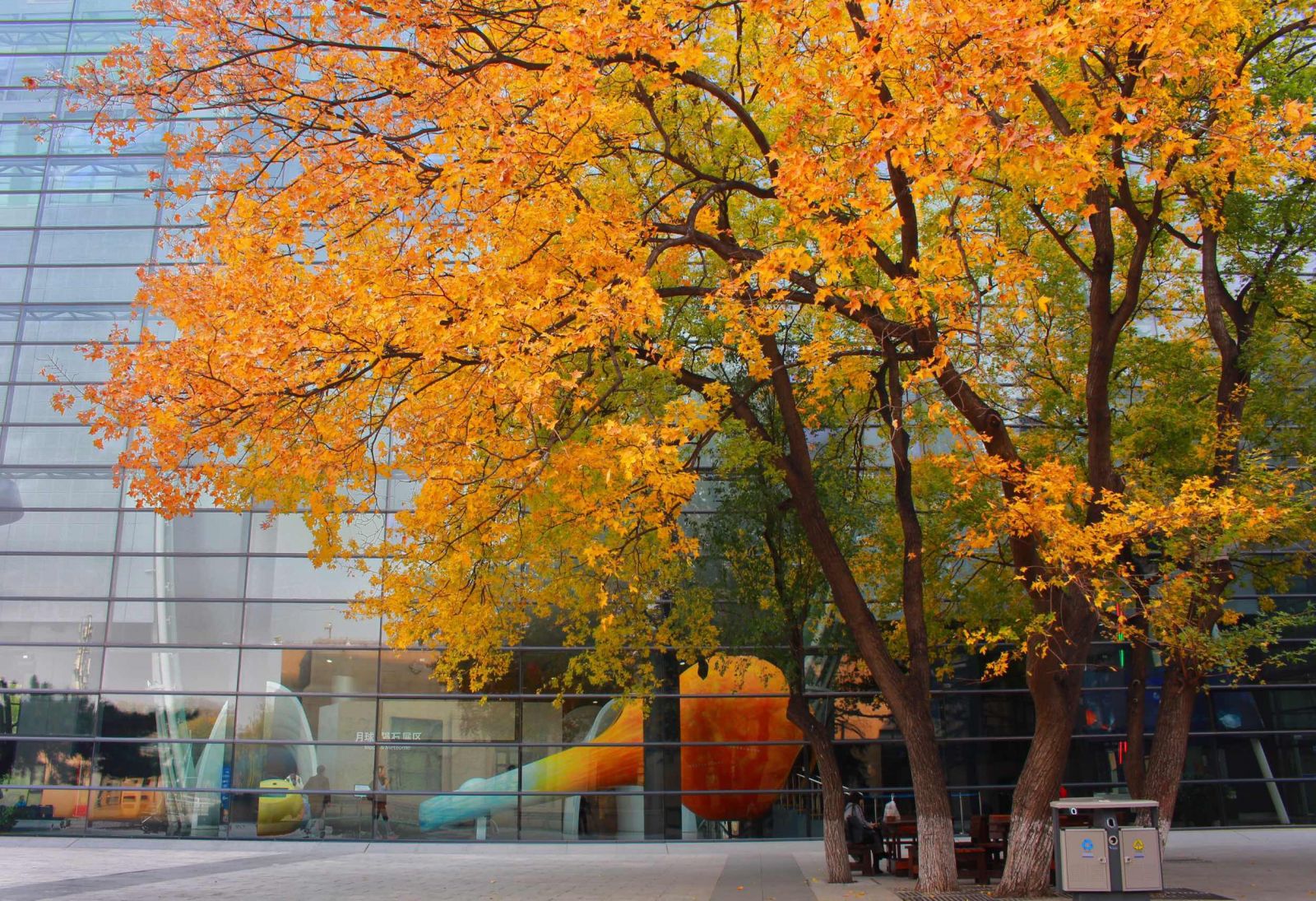Chinese Name: 北京天文馆 Pronunciation: Běijīng Tiānwénguǎn
Recommended Time for Visit: 2-3 Hours
Occupied Area: 20,000 square meters
Building Time: 1955-1957(Building A),2001-2004(Building B)
Address: No.138, Xizhimenwai Street, Xicheng District, Beijing, China
Popular Activities: Virtual celestial demonstration, three-dimensional space simulation, and digital broadcasts.
Building Function: The Beijing Planetarium serves as China’s main platform for publicity and education of astronomy to the public, especially young people.
| Items | Price (yuan/person) |
|
| Standard Ticket | Preferential Ticket | |
| Exhibition Halls in Buildings A & B | 10 | 5 |
| Optical Planetarium in Building A | 45 | 35 |
| Cosmic Theater in Building B | 45 | 35 |
| 4D Theater in Building B | 30 | 20 |
| 3D Theater in Building B | 30 | 20 |
1. Exhibition Halls in Buildings A & B are free for children under 1.2(including) meters or under 6(including) years of age, people aged 60 or above(with valid certificates).
2. Preferential tickets for Exhibition Halls in Buildings A & B are suitable for children aged between 6-18(including).
3. Preferential tickets for items 2 to 5 are suitable for children under 1.2(including) meters or 6(including) years old, people aged 60 and above and juveniles aged between 6 to 18(including). Valid certificates are required.
4. Ticket holders of items 2 to 5 can visit the exhibition halls for free.
| Content | Opening Hours | Last Admission Time |
| Beijing Planetarium | 9:00-16:30 | 16:00 |
| Beijing Ancient Observatory | 9:00-17:00 | 16:30 |
1. Beijing Planetarium is closed on Mondays and Tuesdays(Except for national statutory holidays).
2. Beijing Ancient Observatory is closed on Mondays(Except for national statutory holidays).
3. Beijing Ancient Observatory is affiliated with the Beijing Planetarium.

The Beijing Planetarium is a national-level science museum of natural sciences. As China’s specialized platform for popularizing astronomical knowledge, the Beijing Planetarium is listed as a national, municipal, and district-level science education base and youth patriotism education base. The planetarium is divided into two halls, including A and B, which are perfectly combined to form a unique and glorious landscape in Beijing.
To attract visitors at home and abroad, the Beijing Planetarium has combined various and unique demonstration methods. The planetarium also has different kinds of activities: the starry show on the dome screen, the demonstration of the astronomical instrument and cultural relics of ancient China, public science lectures and contests, winter or summer camps, and theme activities including Planetarium night.
Besides, the Beijing Planetarium also received a series of honors:
On June 25, 1958, China issued a set of two special stamps of the “Beijing Planetarium”, the Beijing Planetarium and Artificial Starry Sky.

In 2007, the International Minor Planet Center announced to inform the international community that the asteroid No. 59000 was permanently named “Beiguan Star”, that is, the Beijing Planetarium Star. This is an affirmation of the growing footprint of the Beijing Planetarium, and also encourages the development of the planetarium.
In September 2016, the Beijing Planetarium and its reconstruction project were included in the first China 20th Century Architectural Heritage Project List.
In April 2020, it was selected as one of the first batches of new era civilization practice bases in Beijing.
In November 2020, it was selected as the Beijing internet celebrities’ check-in list (100 sites in total).
In 1929, Academia Sinica pointed out in the development report of Beijing Ancient Observatory that the Zeiss planetarium in German was of great value and was helpful for the promotion of astronomical knowledge, but it was expensive.
In the summer of 1954, the Chinese Embassy in the former GDR recommended the purchase of Zeiss planetariums. In September of the same year, China decided to prepare for the construction of the Beijing Planetarium, and the Chinese Academy of Sciences allocated 20 billion (the old currency before the RMB reform) from the annual funding for the construction of the museum.
In 1957, the Beijing Planetarium officially opened to the public.
On September 8, 2000, due to the serious aging of the old exhibits, the municipal government invested 200 million yuan to rebuild the new museum.
On December 26, 2001, the expansion project of the Beijing Planetarium officially started, which was nearly 10 times the size of the original planetarium.
On December 12, 2004, the new Beijing Planetarium (Hall B), which was built in nearly three years with an investment of more than 300 million yuan, began to open to the public.
On July 11, 2008, Hall A reopened after renovation and equipment upgrades.
There are some popular science activities, such as Little Docent, Cosmic Youth Club, Universe Observer, Mobile Planetarium, Star Party, and so on. The scientific research of this planetarium involves stellar physics and the Milky Way, galaxy formation and evolution, meteorites, and so on. Detailed introductions to three of these activities are as follows:
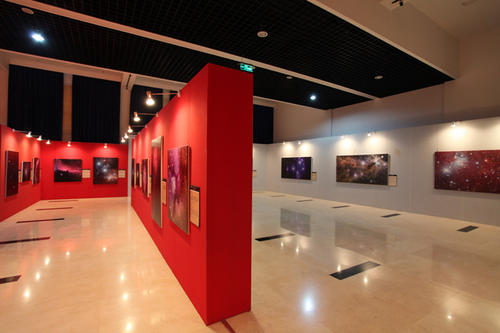
Held by the Beijing Planetarium since 2019, this contest aims to stir the imagination of photography and astronomy fans and let the public experience the beauty of the universe and science. The contest has elected some world-class pictures, which in turn helps enhance the influence of the planetarium.
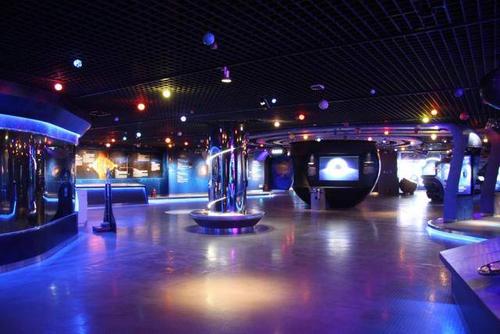
Established in 1998, the Mobile Planetarium of the Beijing Planetarium has boosted the popularization of astronomy knowledge to the public. Thanks to its mobility, the scientific resources of the planetarium can be delivered to schools and communities in rural areas. It is a good chance for the youth to learn rich astronomy knowledge.
The Beijing Planetarium also hosted the China National Astronomy Olympiad (CNAO), which was listed by the Ministry of Education as one of the 28 national competitions for primary and secondary school students.
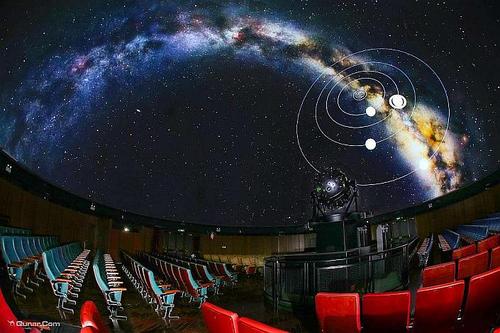
“Observation of Phase of the Moon” is a quite interesting activity conducted by the Beijing Planetarium. The participants can observe the phase of the moon and complete the observation log. The training is a practical operation based on a solid theoretical explanation. The purpose of this activity is to galvanize participants’ interests in astronomical observation by guiding them to complete long-term observation and record as planned.

The Beijing Ancient Observatory, which is well-known both at home and abroad, is a royal observatory of the Ming and Qing Dynasties(1368-1912) and is affiliated with the Beijing Planetarium. It is one national key cultural relic protection unit. The eight ancient astronomical instruments displayed on the top of the observatory are national first-class cultural relics, which attract tourists from all over the world.

The Cosmos Theater is located in the center of Building A and its internal equipment is in the leading position in the world. It is one of the best dome theaters in the world. As the largest flat-horizon astronomical hall in China, the theater adopts the first 13.1 channel stereo surround sound system and the latest Zeiss optical planetarium, and the projector with the highest resolution.
Thus, it provides the audience with good viewing experiences of unique surround sound effect and makes the audience have an immersive feeling in a spectacular scene in space. If you want to explore the mysteries of the universe, the Cosmos Theater is the best choice for you.
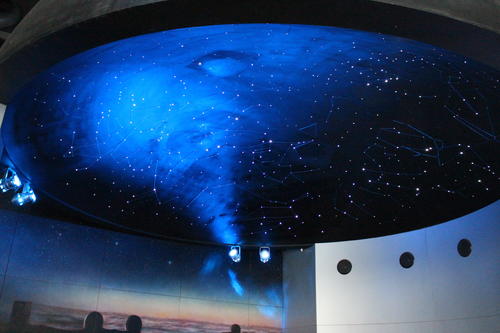
Building B was completed and opened in 2004, which includes the Space Theater, the 3D Theater, and the 4D Theater. The Space Theater, equipped with an all-Aluminum full-sky screen and ultra-high resolution immersive technology, can present the complex celestial movement through the stereo display. At the same time, the theater has a powerful database and real-time mode as its technical foundation.
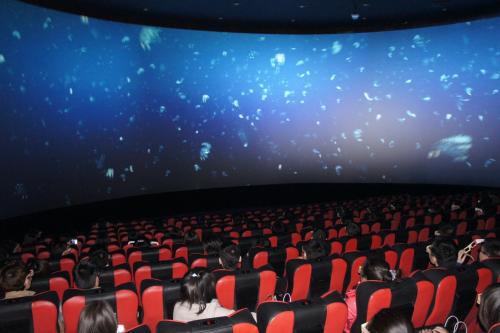
The 4D theater and the 3D theater have 200 and 116 seats respectively, and both theaters use the most advanced playback equipment and special effects equipment. The 4D theater not only presents vivid three-dimensional images, but also produce various special effects such as water spray, wind spray, and lightning based on the development of the popular science program, bringing the audience an immersive and wonderful science experience.
The 3D theater has a metal screen with a width of 12 meters and a height of 9 meters, equipped with 45-degree polarized stereo glasses, which presents the audience with the knowledge of popular science with vivid and brilliant stereo effects.
1. If you want to know more details of the service provided in the Beijing Planetarium, please refer to the Information Desk. Service includes tourist information, wheelchair service, audio guide, lost and found, and so on.
2. Individual tourists could book tickets through the WeChat Official Account of the Beijing Planetarium.
3. The Beijing Planetarium is located opposite Beijing Zoo, just across Xizhimenwai Street.
Take bus 27, 87, 105, 107, 111, 332, 347, 360, 362, 534, 563, 632, or 129, and get off at Beijing Zoo Station. You need a 5-minute walking toward southeast to the destination.
Take Metro Line 4 and get off at Beijing Zoo Station (Exit D). After that, you need to walk toward southeast for 30 meters along the side road of Xizhimenwai Dajie(Outer Xizhimen St.), turn right, walk 50 meters to the destination.
Chinese: 请带我去北京天文馆。English: Please take me to the Beijing Planetarium.
If you go to the Beijing Planetarium from the center of Beijing (Grand Hyatt Beijing), it takes about 25 minutes (about 35 yuan).
If you go to the Beijing Planetarium from Beijing Capital International Airport, it takes about 40 minutes (about 105 yuan).
If you go to the Beijing Planetarium from Beijing Daxing International Airport, it takes about 1 hour (about 180 yuan).
If you go to the Beijing Planetarium from Beijing West Train Station, it takes about 20 minutes (about 25 yuan).
